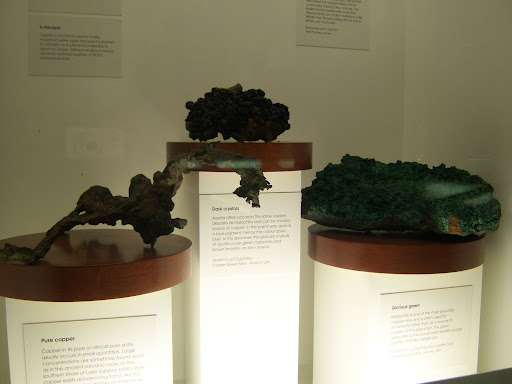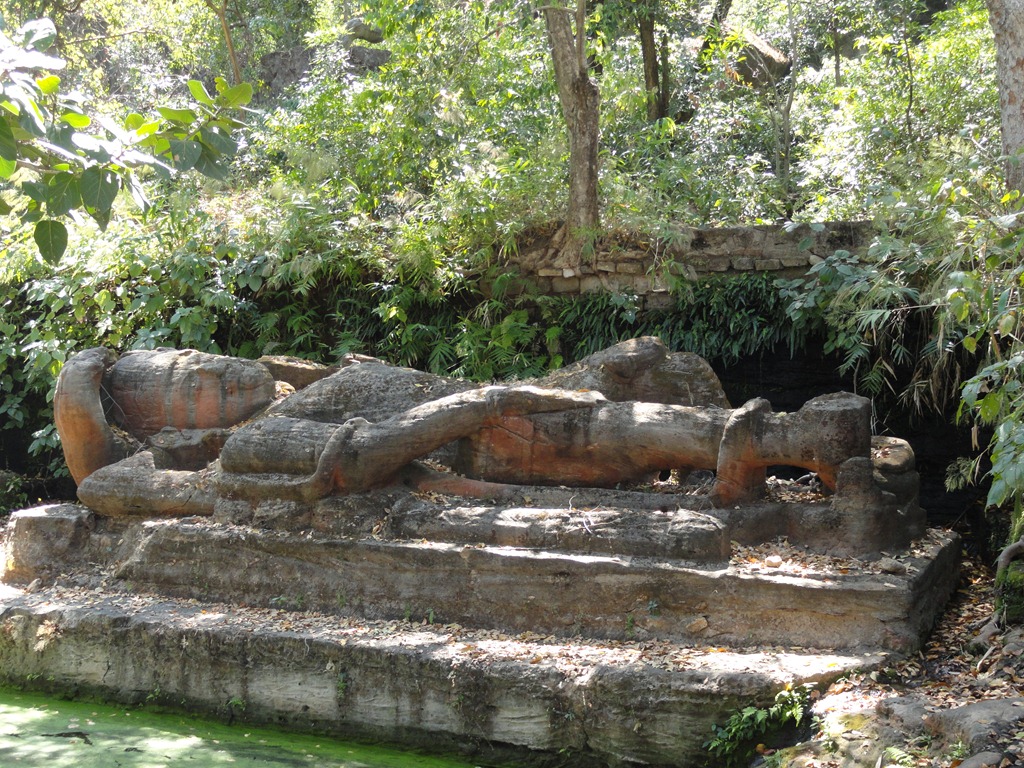How to reach here:
By Air: Nearest airport is Jabalpur, which is about 200 km away from Bandhavgarh.Jabalpur airport is connected to Delhi and Bhopal.
By Rail: Nearest railhead is Umaria, which is about 32 km away from the heart of the city. Umaria is in the broad gauge link and connected to all major railway junctions including Delhi (Durg Jat Sf Exp), Bhopal (Bsp Bpl Pas), Vishakhapatnam (Hirakund Exp (Hirakund Exp) and Agra (Utkal Express).
Best time to visit: October to April.
Languages spoken: Hindi , English.
Famous Restaurants: Salvan, Junglemantra, Bagh Sarai , Tiger Hut.
Places you must visit:
Bandhavgarh National Park provides abode to many endangered wildlife species like tigers, Indian bison, chital and langurs. Besides these, nilgais, chausingha, chinkara, wild boars and jackals can also be found in the park. It is known for the highest density of tigers in the world. From 105 sq km, area of the park was increased to 448.84 sq. km in 1982. Proposal to designate a part of the area of Rewa to tiger conservation was presented by Maharaja Martand Singh of Rewa. Apart from the wild animals, this national park is also home to about 250 species of birds like browed fantails, green pigeons, gray Malabar hornbills and green bee eaters. Furthermore, steppe eagles, black and white Malabar hornbills, parakeets, white bellied drongos and gold fronted leaf birds can also be spotted in the park. The park also has many ancient caves having various inscriptions written in Sanskrit language. Located between the Vindhyan Hill Range and the eastern flank of Satpura Hill Range, the sanctuary can be explored by elephant jeep safaris.In 1993, the park was included in the Project Tiger Network, in consideration of its importance and potentiality. Isolated patches of Tala ranges of the reserve contain few rare species like insectivorous plants drocera peltata and medicinal plant like buch (Acorus calamus). From the eastern end of the park, Rivers Johilla and Son flow. The western fringes of the park are served by Umrar River.



Bandhavgarh Fort, believed to be around 2,000 years old, is located atop the Bandhavgarh Hill, in the centre of the national park. Books like ‘Narad-Panch Ratra’ and the ‘Shiva Purana’ contain references to this fort. Surrounded by a large number of smaller hills separated by gently sloping valleys, the fort is home to many endangered species of vultures.The fort was the seat of rulers of Rewa State, until they shifted to Rewa town in 1617 AD. Folklore legend states that Lord Rama built this fort when he was returning from Lanka after conquering Ravana. To keep an eye on the happenings of Lanka, Lord Rama gave the charge of the fort to his brother Lakshmana. In the fort are present statues of various incarnations of Lord Vishnu, which were carved out of single rocks. Dating back to 10th or 11 century AD, the statues allure numerous tourists to the site. Out of all the statues, the biggest is called Shesh Shaiya, which depicts Lord Vishnu in reclining pose.It is believed that this fort remained under the reign of many rulers like the Maghas, the Vakatakas, the Sengars, the Kalchuris and the Baghels. Near the fort lies a temple dedicated to Lakshmana (Bandhavdish).




Bandhavgarh Ancient Caves are made on sand-stone hillocks of Bandhavgarh Hill in Bandhavgarh National Park. There are around 39 caves in the region, which cover a length of about 5 km. It is believed that in the medieval times, these caves served as shelter to the soldiers of the ruling kings, as well as monks in spiritual pursuits. Currently, these caves are home to varied wildlife like tigers, bats and other fauna of the park.One of these caves, called Badi Gufa meaning ‘Biggest Cave, dates back to the 10th century.It comprises numerous pillars and nine big rooms. Out of the 39 caves, some are man-made while others have been formed by natural processes. Besides, some of these caves have inscriptions in Brahmi script. Further, some caves also contain embossed figures such as those of tiger, pig, elephant and horsemen.


Tala Village is one of the most beautiful attractions of Bandhavgarh, and is the lowest point of the wildlife reserve. It has many mud houses and abounds with natural landscapes.


Baghel Museum preserves the personal belongings of the Maharaja of Rewa. This museum also displays the stuffed body of the first white tiger spotted by the Maharaja of Rewa. Besides these items, the museum also houses ancient equipment used for hunting by the Maharaja. Tourists can also view some of the military weapons in the premises of the museum.



Sidhbaba, located in the Bandhavgarh National Park, has got its name due to its major attraction, Sidhbaba Temple. This place is abounds with dense forests and grasslands, which provide abode to various wild animals like chital, wild boars, sambhars and painted storkes.

Chakradhara is another place in the Bandhavgarh National Park, which is famous for tiger sighting. Surrounded by dense hilly regions, this large meadow area is home to different species of fauna and flora. This place resembles an open hunting area, having a density of wild animals.

Shesh Shaiya, an idol of Lord Vishnu, is the originating point of River Charanganga. Having a length of 65 ft, it is laid horizontally on the serpent, which has seven heads and is considered very old in terms of architecture. The seven hooded serpent is called Shesh Naga.Owing to the presence of many fruit bearing trees in the vicinity, the place is visited by many birds like Malabar pied hornbill. This place is frequented by many devotees at the time of Diwali, when the idol of Lord Vishnu is embellished with many lamps.


Charger's Place is dedicated to Charger, the dominant male tiger in Bandhavgarh National Park. Bandhavgarh remained under the reign of this tiger for almost a decade. Various records have been found, which refer to this most photographed tiger. This historic place is located in Bandhavgarh National Park.


Mahaman Pond is situated in Bandhavgarh National Park and is visited by many herbivores and carnivores inhabiting the national park.

Good Collection...
ReplyDeleteFind More Wildlife places in Madhya Pradesh
You share very useful information about the Bhandhavgarh. Your photograph are really beautiful thanks for sharing with us.
ReplyDeleteYou would like to read how to make a good career in Biotechnology
For more interesting and informative Biotechnology related posts go to BioTechBug website.